Table of Contents
Living with type 2 Diabetes can feel like a strategic game of chess. It requires staying one step ahead of the game, but with a balanced diet and regular exercise, managing blood sugar or blood glucose levels and controlling diabetes is possible.
One of the most frequently asked questions is, what should my blood sugar be after exercising? This concern arises because some people may experience low blood sugar levels while others may experience high blood sugar levels after exercise. In this article, we will dig into this complex issue and discuss how exercise can lower blood sugar and how different types of exercise, such as walking, can affect blood sugar levels. We will explore how exercise affects blood sugar levels and emphasize the importance of achieving normal levels post-workout. We will also provide insights to help individuals make informed decisions about their fitness routines.
So, does exercise raise blood sugar or lower it? Let’s explore the details and uncover the truth about exercise, sugar levels, and how to control your sugars to embrace a healthier new you!
Diabetes and exercise: Low and high blood sugar after exercise
Diabetes and exercise can lead to fluctuations in blood sugar levels, including lows and highs after physical activity. Individuals with type 2 diabetes must monitor their blood sugar levels closely and adjust their exercise routines accordingly to maintain optimal blood sugar control and overall health.
Why is my blood sugar high after exercise?
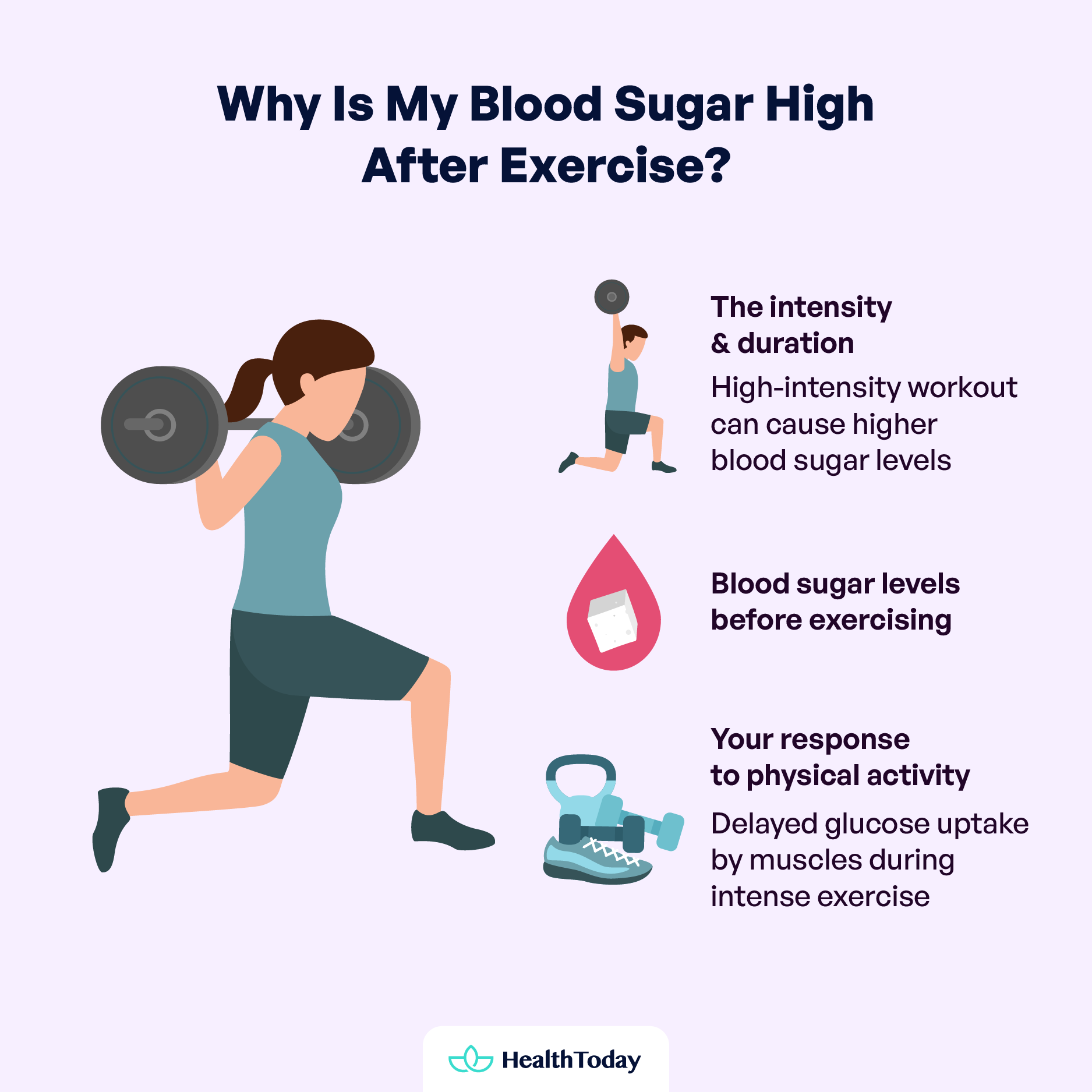
Experiencing high blood sugar levels after exercise can be confusing, especially when you expect your blood sugar to drop after working out.
Several factors can contribute to this:
- The intensity and duration of your workout.
- Your blood sugar levels before exercising.
- Your response to physical activity.
For example, moderate-intensity exercise (1) usually lowers blood sugar levels, but high-intensity workouts (2) can cause temporary spikes due to the release of stress hormones like cortisol or adrenaline (1). Additionally, people with diabetes may experience delayed glucose uptake by muscles during intense exercise, leading to elevated blood sugar levels after working out (1).
It’s not uncommon for blood sugar levels to reach 180 after vigorous exercise (1, 3). However, monitoring trends over time and adjusting exercise routines and insulin doses as needed can help achieve better blood sugar management in the long run (1).
Why is my blood sugar low after exercise?
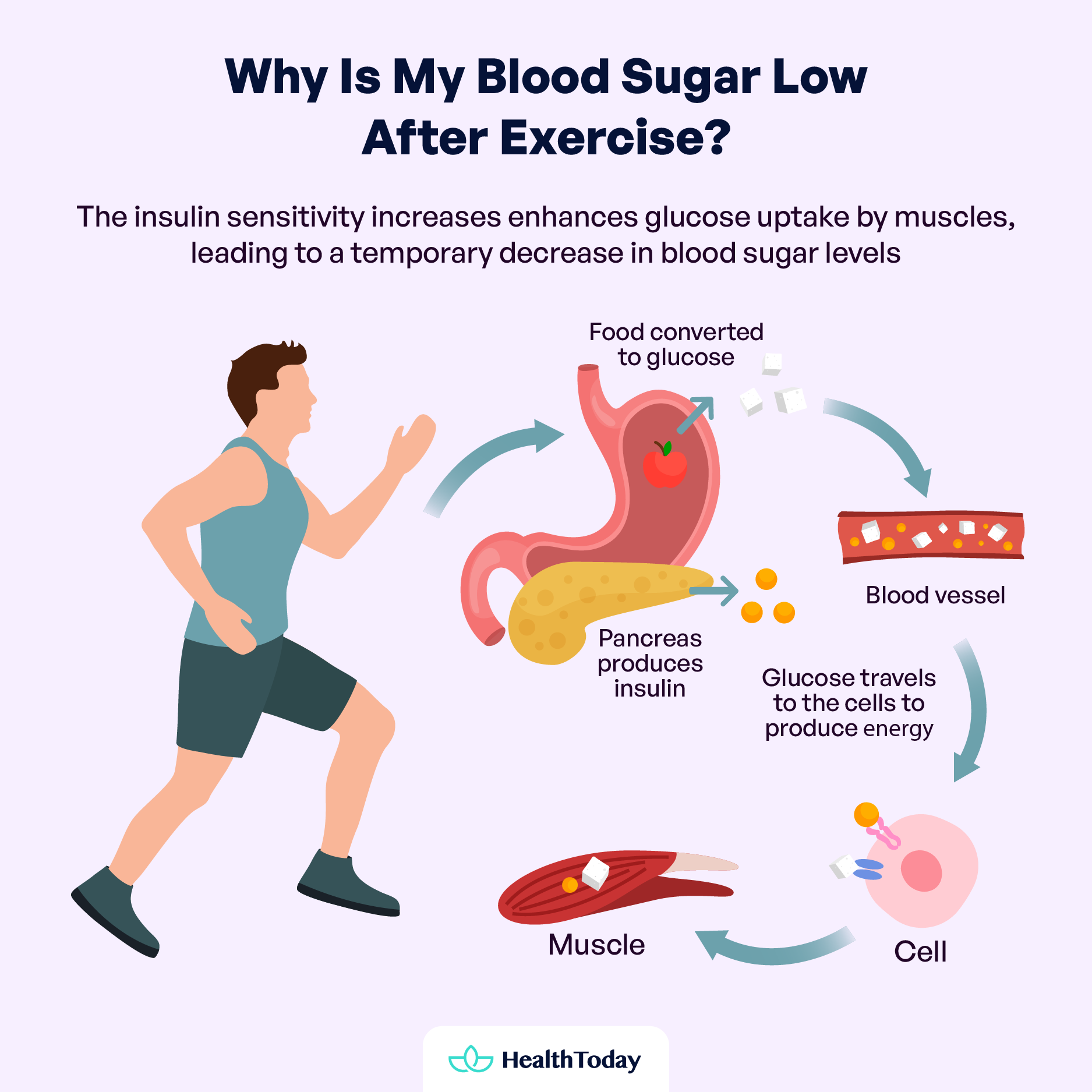
It is normal to experience low blood sugar levels after exercise as it is the body’s natural response to physical activity. Our muscles need energy when we exercise, and glucose is their primary fuel source.
As we engage in physical activity, our bodies become more sensitive to insulin, a hormone responsible for transporting glucose from the bloodstream into cells. This increased sensitivity enhances glucose uptake by muscles, leading to a temporary decrease in blood sugar levels.
As a result, individuals may notice a drop in blood sugar levels after exercise, especially if the activity is prolonged or intense. However, it is important to be mindful of the risk of hypoglycemia or low blood sugar and take appropriate measures to prevent low blood sugar levels during and after exercise, such as:
- Monitoring blood sugar levels regularly.
- Consuming carbohydrates before and after workouts.
- Adjusting insulin doses as needed.
Regular exercise can improve blood sugar control over time, but it’s essential to maintain a balance to avoid fluctuations in glucose levels (2).

Diabetes and exercise: What are the connections?
Type 2 diabetes and exercise are closely intertwined. Physical activity plays a key role in managing blood sugar levels and improving overall health outcomes for individuals with type 2 diabetes. By incorporating regular exercise into their routines, individuals can enhance insulin sensitivity, reduce the risk of complications, and achieve better blood sugar control over time.
How does exercise affect blood glucose levels and prevent diabetes?
Regular exercise plays a vital role in preventing diabetes. It positively influences blood glucose levels by making muscles more sensitive to insulin, allowing them to absorb glucose from the bloodstream more efficiently (2).
This improved insulin sensitivity results in better glucose regulation, preventing spikes in blood sugar levels. In addition, regular exercise helps maintain a healthy weight, which is key for reducing the risk of developing type 2 diabetes (2).
Walking and diabetes
Does walking lower blood sugar? Walking has been shown to lower blood sugar levels and improve insulin sensitivity, making it an accessible and effective form of exercise for individuals with type 2 diabetes (7). Plus, walking is something we all do each day. You are exercising without even thinking about it. It doesn’t get any easier than that!
Weight lifting and diabetes
Similarly, weightlifting can also contribute to better blood glucose control by increasing muscle mass and improving insulin action (8). Whether using free weights or Nautilus equipment, getting to the gym is a great way to work out, meet people, and get in shape.
Overall, regular exercise is an essential component of managing type 2 diabetes, offering numerous benefits for both prevention and treatment (3).




Tips for exercising
- Choose enjoyable physical activities that fit into your daily routine, like walking.
- Monitor your blood sugar levels before, during, and after exercise.
- Stay hydrated to optimize your workout and maintain stable blood sugar levels.
What is the best time to exercise for blood sugar control?
Determining the best time to exercise with type 2 diabetes can significantly impact your overall health and well-being. While there is no one-size-fits-all approach, many experts suggest incorporating physical activity into daily routines to maintain consistency and maximize benefits (5).
Morning exercise, such as yoga, may benefit some individuals as it can help jumpstart metabolism and improve insulin sensitivity throughout the day. Others may find that exercising after meals helps prevent spikes in blood sugar levels by facilitating muscle glucose uptake.
Ultimately, the goal is to find a time that aligns with personal schedules and preferences, ensuring regular participation in physical activity to support blood sugar management and overall health. Experimenting with different exercise timings and monitoring blood sugar responses can help individuals determine the most effective approach for their needs (4).
What exercise should I start with, and how long can I work out?
Managing diabetes through exercise requires finding the best activities and durations for you. If you’re a beginner, low-impact exercises are recommended, such as:
- Walking
- Swimming
- Cycling
- Yoga
These activities are gentle on the joints and can easily be incorporated into your daily routine. You should aim for at least 20-30 minutes of moderate-intensity exercise most days of the week, spread throughout the day. However, the best time to exercise to lower blood sugar may vary for each individual. It’s worth trying different timings and durations of exercise to find what works best for you (5).




Does sweating lower blood sugar?
Sweating doesn’t lower blood sugar, but exercise can. If you experience unexplained sweating, check your blood sugar to ensure it is within normal range.
How many hours after eating can I exercise?
Your doctor may recommend waiting at least 30 minutes to exercise after eating, but the timing of exercise after a meal varies. If you’re unsure, It is always best to talk to your doctor before starting an exercise program.
What exercise is best for lowering A1C?
A1C is a blood test that measures your average blood sugar level over the past 2-3 months. The result is given as a percentage. For example, a normal A1C result is below 5.7 percent. The goal for most people with type 2 diabetes is 7.0 percent or less (6). Any physical activity that improves insulin sensitivity and promotes cardiovascular health can lower A1C levels. Walking is a great place to start!
Can blood sugar levels spike after a workout?
It’s normal for blood sugar levels to increase after specific high-intensity workouts. Monitor blood sugar levels and consult your doctor before starting any new exercise routine.
Should I walk before I take my fasting blood sugar?
Walking before a fasting blood sugar test may affect the accuracy of the results. It is best to check your fasting blood sugar levels in the morning before eating or drinking anything. Your fasting blood sugar can act as a guide to help you determine what to eat and avoid for that day.
Summary
The relationship between exercise and blood sugar levels can be complex and depends on various factors such as:
- Exercise
- Intensity
- Duration
- Individual response
Regular exercise is an effective way to manage diabetes by improving insulin sensitivity and overall blood sugar control. However, certain types of exercise, like high-intensity activities, can cause temporary spikes in blood sugar levels, especially in individuals with type 2 diabetes.
Therefore, monitoring blood sugar levels before, during, and after exercise can help people understand their body’s response and make informed decisions about their fitness routines.
Consistency, proper hydration, and balanced nutrition are essential to achieving normal blood sugar levels after exercise.







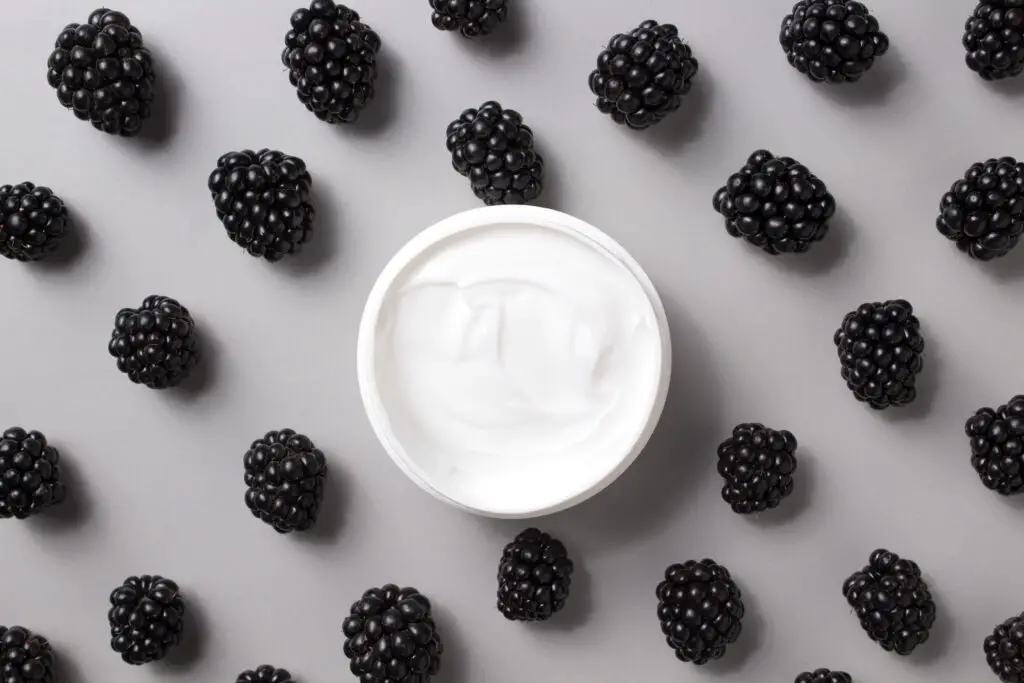



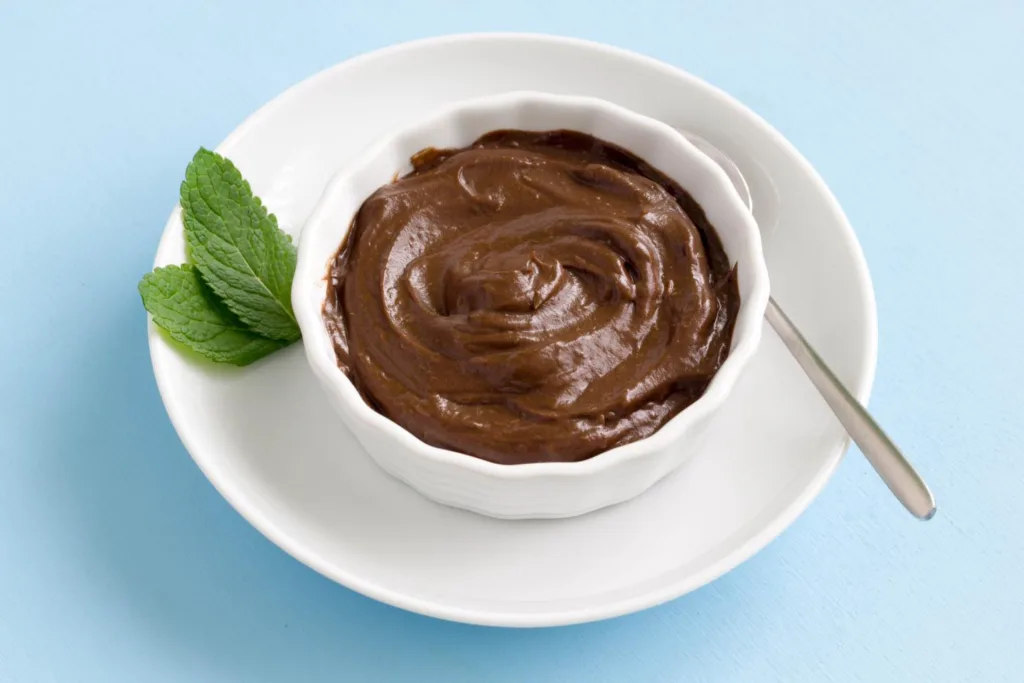
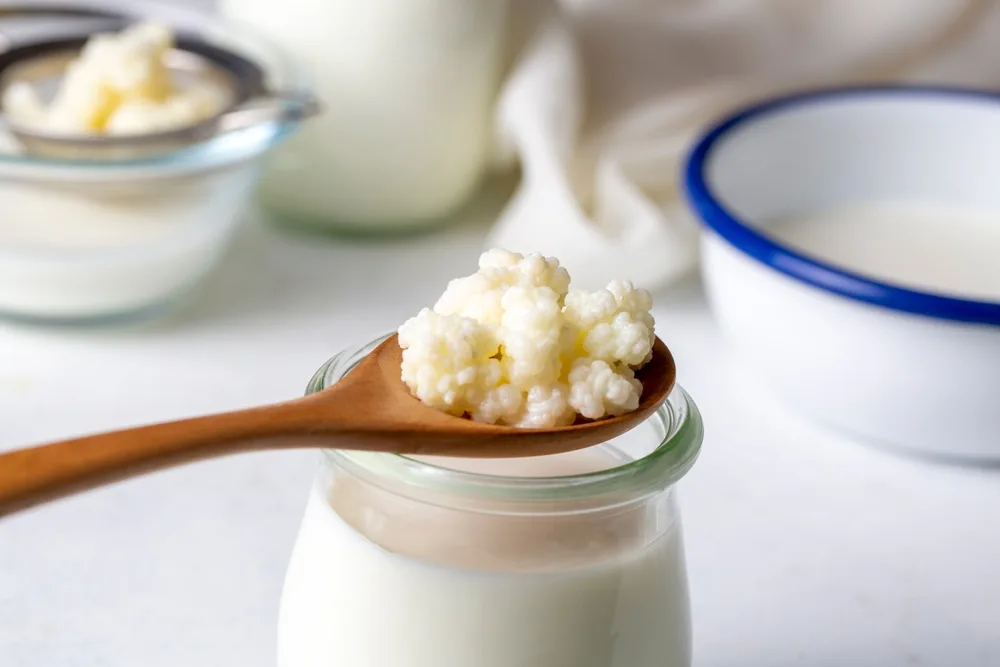




Comments
0